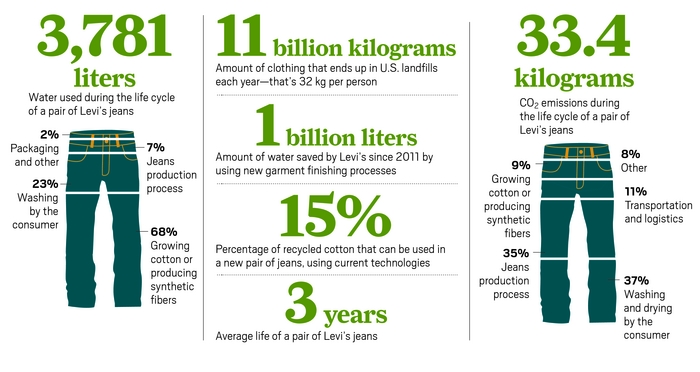An Ohio jury has awarded $10.5 million in punitive damages to a man who claimed that his testicular cancer was caused by exposure to water that a Dupont factory had contaminated with perfluorooctanoic acid (also known as PFOA or C-8 because the molecule contains 8 carbon atoms). C-8 is used to make teflon, the perfluorocarbon polymer that has many uses ranging from Gore Tex raincoats to the coating on non-stick frying pans. PFOA exposure has been linked to at least six diseases so far, including testicular and kidney cancer.
The jury’s decision is significant in several ways: 1) it is the 3rd and largest award made against DuPont for discharges of C-8 from its Parkersburg, W. Va, manufacturing plant (and there are many, many more cases pending against DuPont because of these discharges), and 2) the jury awarded punitive damages, i.e., they are not just payment for the harm experienced by the plaintiff. As the Free Legal Dictionary puts it, “The purposes of damages are to punish the defendant for outrageous misconduct and to deter the defendant and others from similar misbehavior in the future.”
To learn more about this case and the extent of PFOA contamination in U.S. waterways, read:
- Jury orders DuPont to pay $10.5 million over leaked chemical (Reuters, 5 Jan 2017)
- The Lawyer Who Became DuPont’s Worst Nightmare (NY Times magazine, 6 Jan 2016)
- Detection of Poly- and Perfluoroalkyl Substances (PFASs) in U.S. Drinking Water Linked to Industrial Sites, Military Fire Training Areas, and Wastewater Treatment Plants, Environ. Sci. Technol. Lett., 2016, 3(10), pp 344–350 DOI: 10.1021/acs.estlett.6b00260
- Consumers’ Guide to Highly Fluorinated Chemicals, Green Science Policy Institute
Feb 24, 2017 update – DuPont and Chemours have settled 3,550 lawsuits by agreeing to a payment of $670 million to plaintiffs. (“DuPont, Chemours settle PFOA suits” CENews, 20 Feb 2017 and “DuPont Settles Lawsuits Over Leak of Chemical Used to Make Teflon” NY Times, 13 Feb 2017)

 My memory isn’t what it used to be, but when I saw this photo in Science magazine (15 May 2015,
My memory isn’t what it used to be, but when I saw this photo in Science magazine (15 May 2015, 